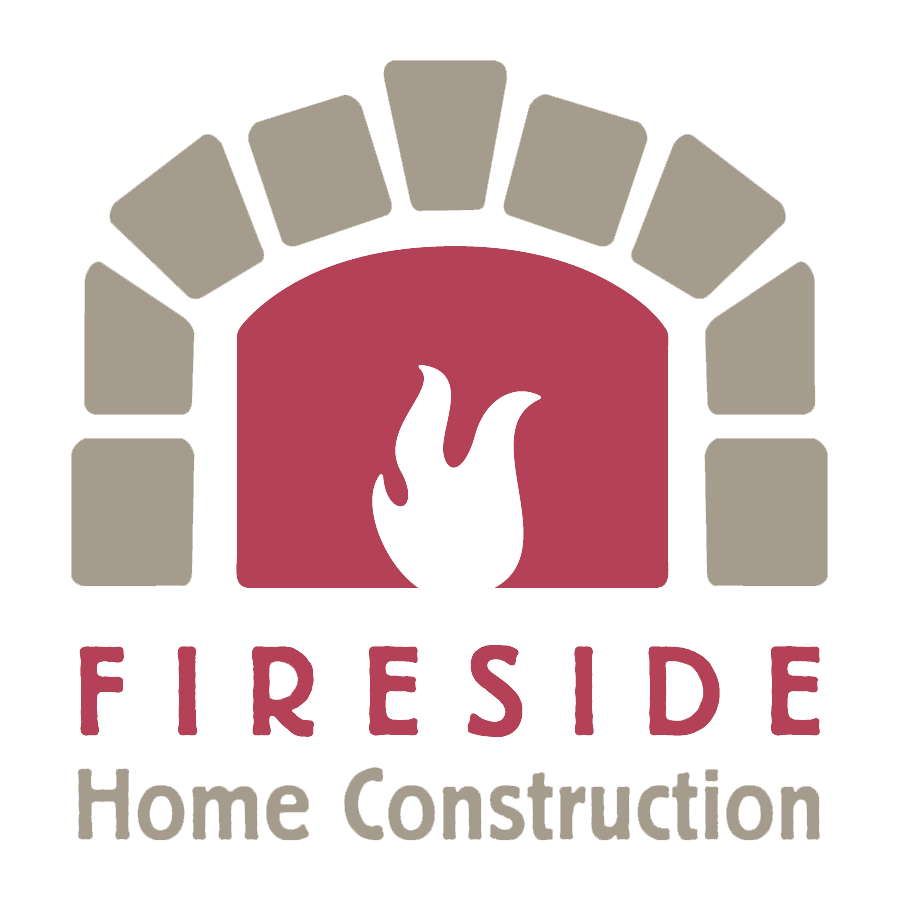HERS: The Lower the Score, the Greener the Home
When you're out shopping for a car, the "miles-per-gallon" sticker is one of the first things you look for, right? You want to know how efficient that car is and how much it costs to operate. Did you know there is a similar number to consider when you are shopping for a house?
The Home Energy Rating System (HERS) score is a number describing the energy efficiency of a home as it compares to a house built to code. The score is based on the results of tests performed - on everything from heating and cooling systems, to windows, lights and appliances, to the building envelope itself - with highly specialized equipment. The tests include a blower door test (to test the leakiness of the house) and a duct test (to test the leakiness of the ducts), among many others. Results are then fed into an approved software program that analyzes results and provides the final number.
What to look for . . .
The lower the better. The HERS rating has a scale that begins at zero for a home that generates as much power through renewable energy on site as it consumes. Very few homes fall into this category, though. In fact, the scope of HERS scores in the real estate world today is quite wide. For instance, a representative existing home has a score of about 130, while a typical newly constructed home comes in closer to 100.
Homes that qualify for an ENERGY STAR label must have a HERS score of 86 or less and that's good, but there's still better. Fairly recently, the U.S. Department of Energy posed a challenge to the homebuilding industry to go even greener and build a new generation of high-performance homes. To qualify for the program, a home must score 70 or less on the HERS. Each 1-point decrease in the HERS Index corresponds to a 1% reduction in energy consumption.
When you think about that, what we accomplish in energy efficiency is really something to be proud of. Fireside Home Construction recently built an affordable, custom, 1,900 square foot (finished space only) green home with a HERS score index of 50. That's 41 percent more efficient than a base Energy Star rating score! In addition to making us proud, the low score contributed to helping us achieve a LEED (Leadership in Energy and Environmental Design) Platinum rating (the highest possible!) and keeps the home's operating expenses low, as well. "M&M's Li'l Ranch's" estimated total utility (heating, cooling, hot water, electricity and service charges) bills add up to only $80 per month!
And that's not even as low as it goes! Our 4,000 square foot headquarters in Dexter, Mich., started out with a HERS score of 37. Recently, we added four kilowatts of new solar panels to our original two and started generating about 70 percent of our own energy needs. We can't wait to see our new score. It may become the number forever associated with "The Fireside Challenge."
So find out just how many "miles per gallon" your home gets. Call a professional, let them conduct the tests and then take the steps to improve your score. It's worth it.
